Nomads of Mongolia
Sunil Ghose
When I arrived at the city of Ulaanbaatar, the capital of Mongolia, temperature was (-) 36 degrees Celcius. The air was full of smog which stays close to the ground at low temperatures. It is appropriate to mention here that Ulaanbaatar is the most polluted capital city in the world.
The center of the city is dotted with many skyscrapers of unique designs, many of which have similarities with Russian architecture. In addition, the city center is decorated with an about three times life size statue of legendary conqueror Genghis Khan, who at one time, conquered and ruled Mongolia.
While the Ulaanbaatar city center is the epicenter of pomp and grandeur, at the outskirts of the city on a high ground there is a large Piece of settlement named Ger District (pronounced gair) where residents are nomads and very poor. It is very difficult for the unskilled nomads to find jobs except manual labor. They live from hand to mouth primarily by hauling coal from the city to the high grounds of their living places for themselves and for people of advanced ages and superannuated.
Nomads live in dwelling huts also called gers. Each ger is a round tent-like structure made of felt walls and roofs with wooden support, and bare ground is their floor. Each ger is typically ten to twelve feet in diameter, seven feet high.
Ger District does not have running water or electricity. Residents collect water from tubewells in the city, about half-a-mile away downhill. At nightfall they burn coal for cooking, room-heating and lighting. Livelihood is primarily by manual labor in the city and hauling coal to the Gers.
One day I went to visit a ger whose owner, Bilgun, was known to the driver. I noticed that at the center of the ger was a coal burning stove; on one side there was a bed and on the opposite side a bathroom. A woman was lying on the bed. On seeing me she got up and sat on the bed. Bilgun said, Aanmeg has not been feeling well lately. After a short pause he said with teary eyes, two years ago Aanmeg gave birth to a still baby; we are very concerned this time. After some conversation I wished them good luck and left.
As I was leaving, I felt very uneasy thinking about their worried and pale faces.
After two weeks I went to visit them again. At the instant we arrived there, after a hard day of labor, Bilgun returned from the city with a bag of coal and a bucket of water. He looked very tired. Aanmeg looked very weak and remained lying on the bed. I thought time was nearing for baby to arrive. I asked Bilgun about the expected date. The midwife said the baby will arrive within one week, said Bilgun.
I did not visit them for a while to let them settle down with their newborn. But I could not contain my curiosity. I went to visit them after three weeks. I got concerned when I did not see their ger. I knocked on their next door neighbor. What I learned was as follows:
Aanmeg gave birth to a still baby for the second time. Following their ritual, Bilgun put the dead child’s bare body on a raised platform in a remote place in the hands of nature.
Devastated and broken heart, childless Bilgun and Aanmeg folded their ger and stepped into a world where their pathway is broken and destination is a mirage.
N.B. UNESCO has designated the Ger District as a World Heritage Site.


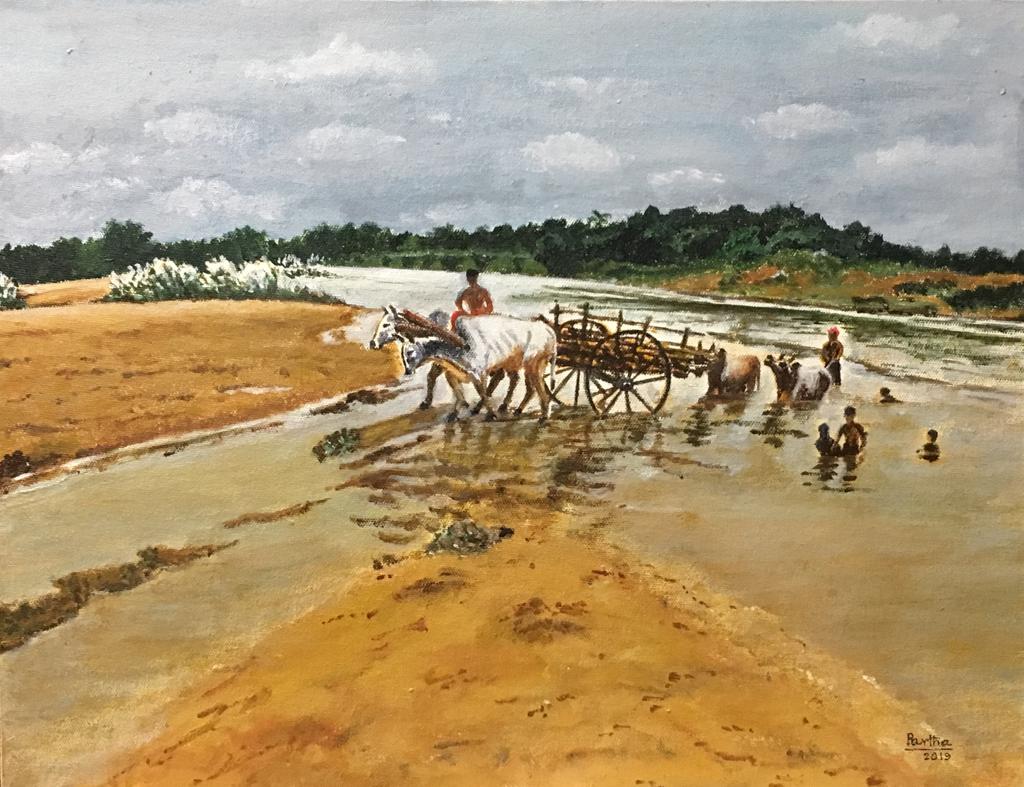
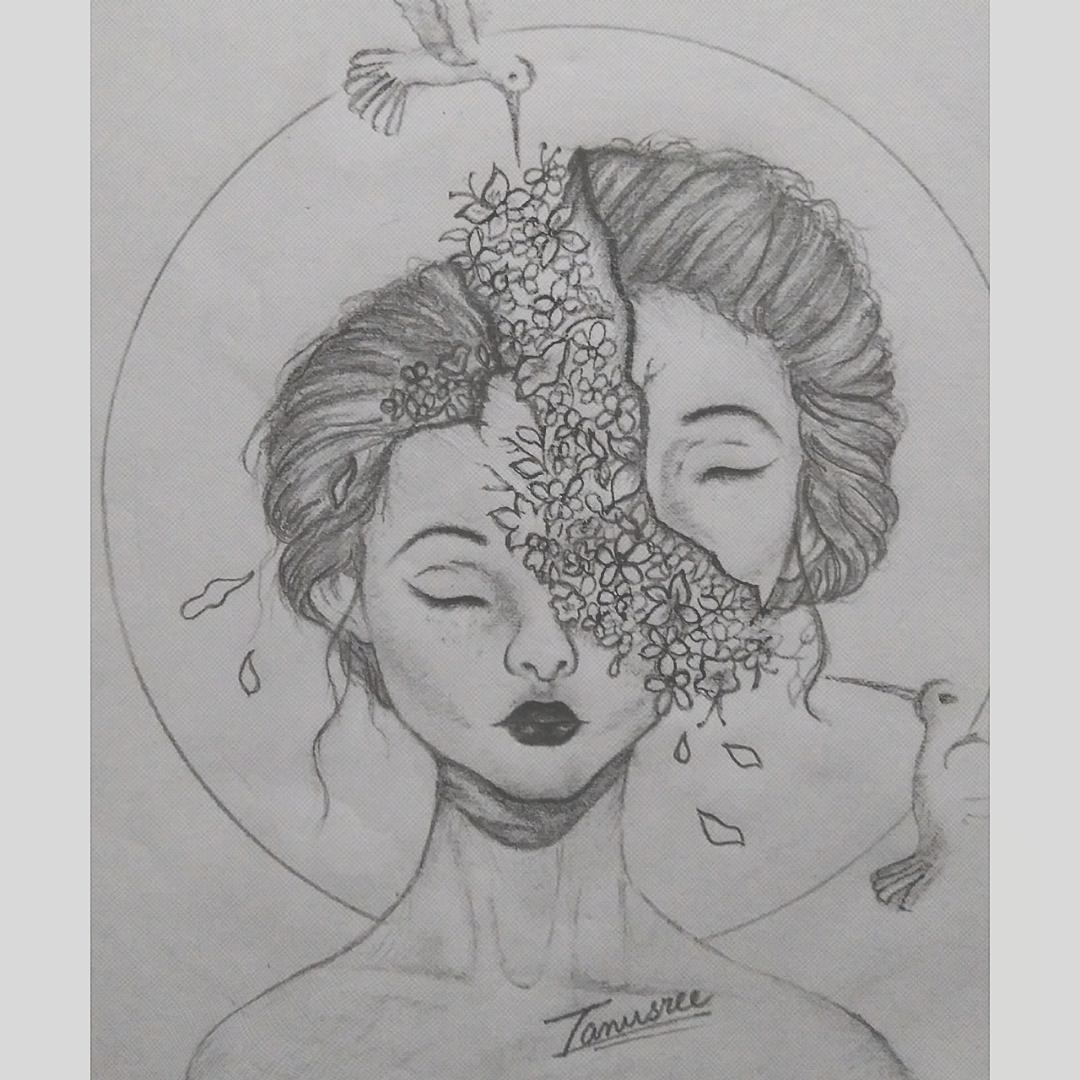
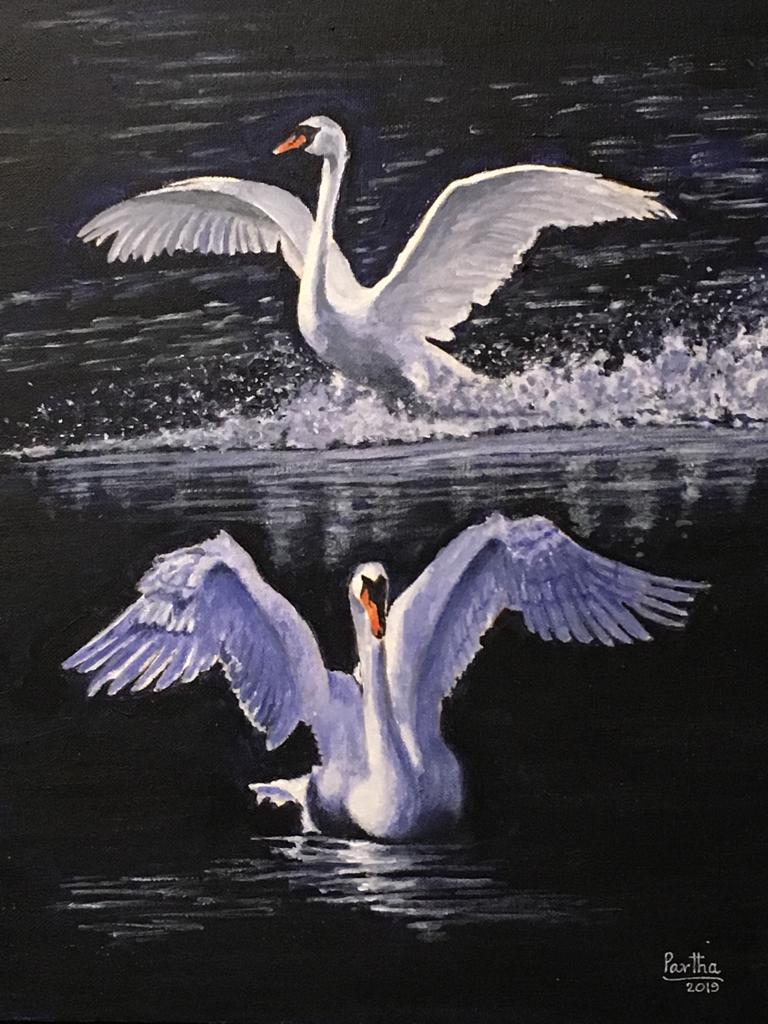
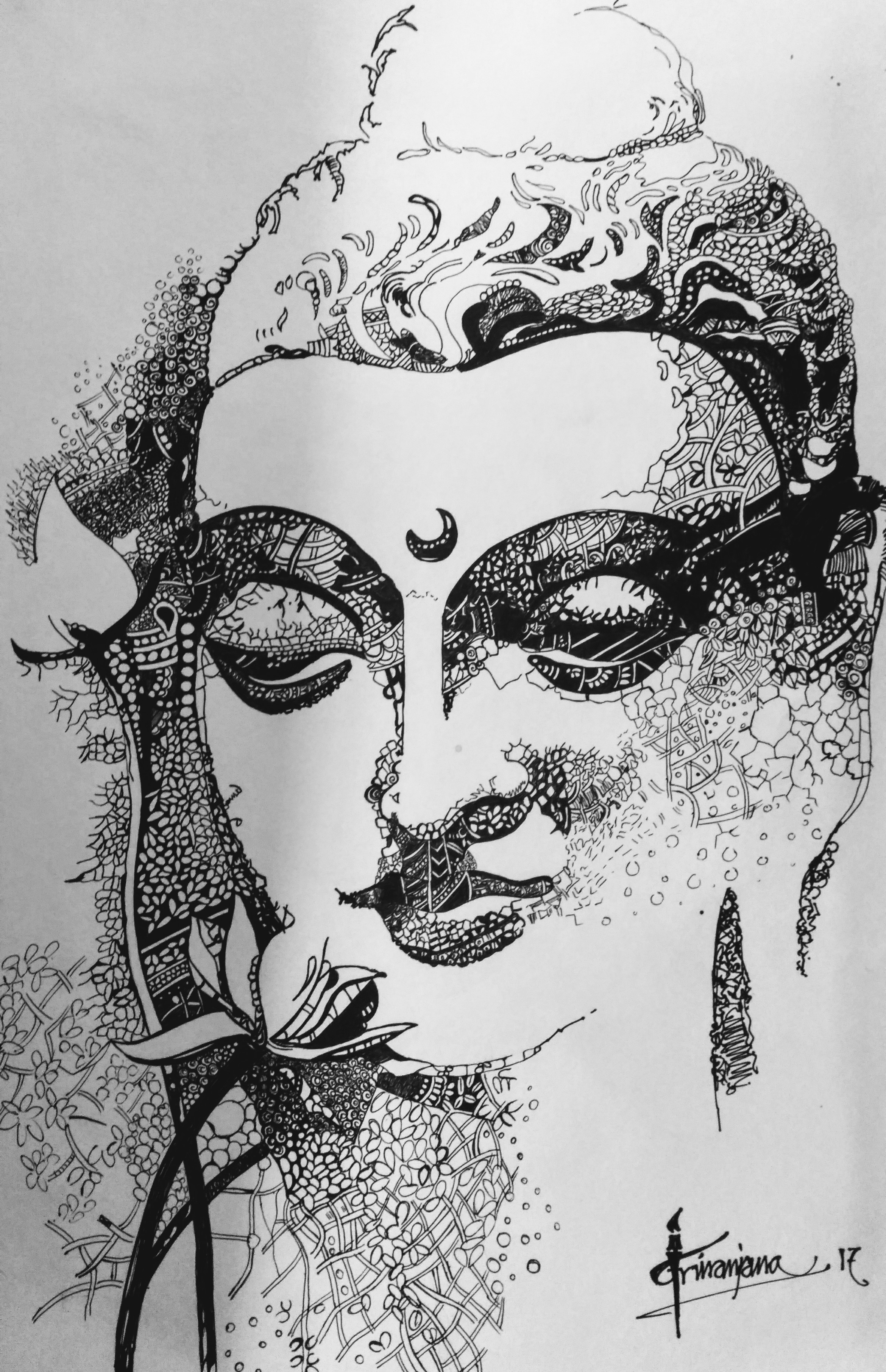


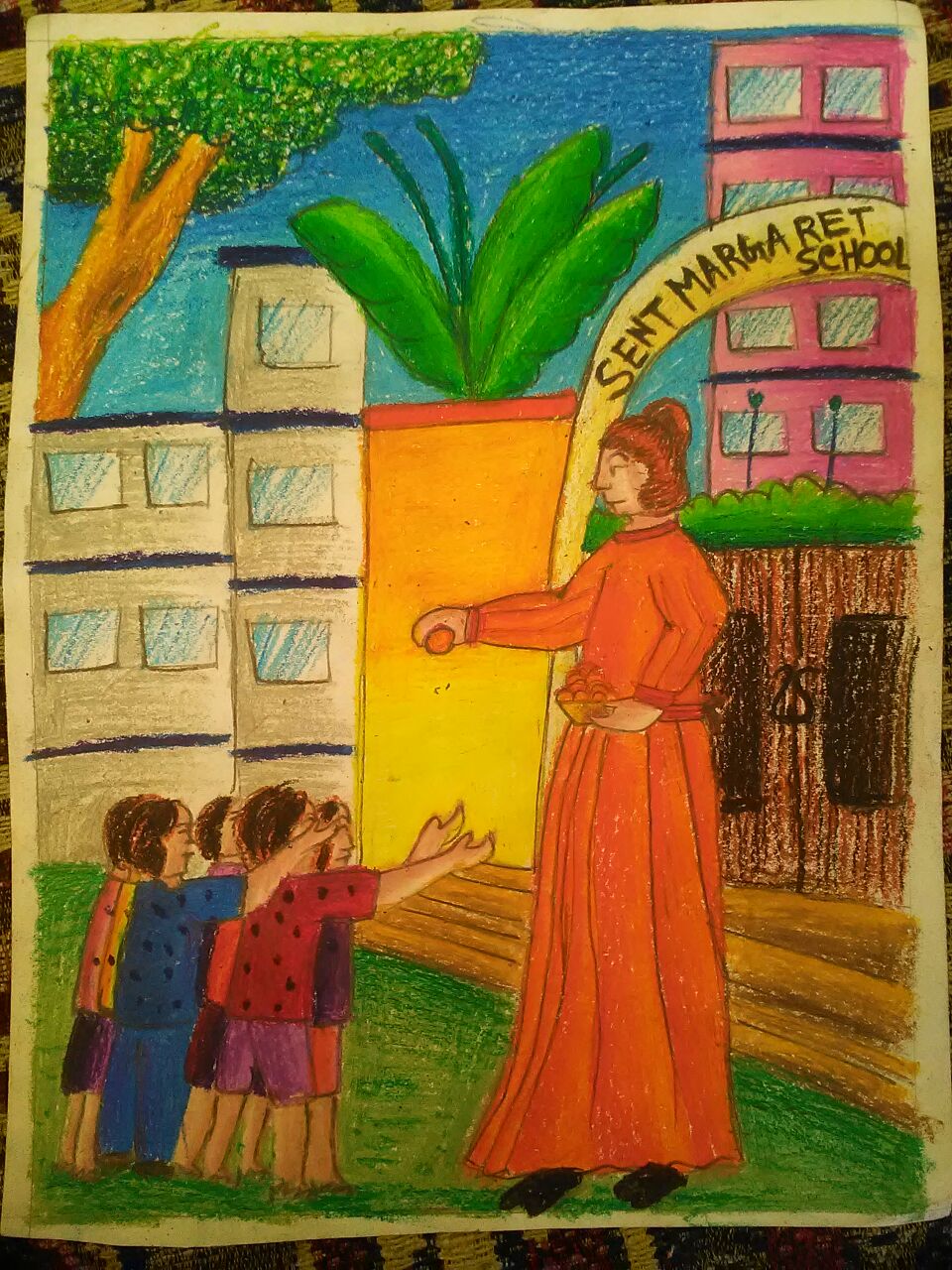





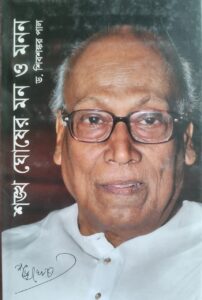

Comments »
No comments yet.
RSS feed for comments on this post. TrackBack URL
Leave a comment